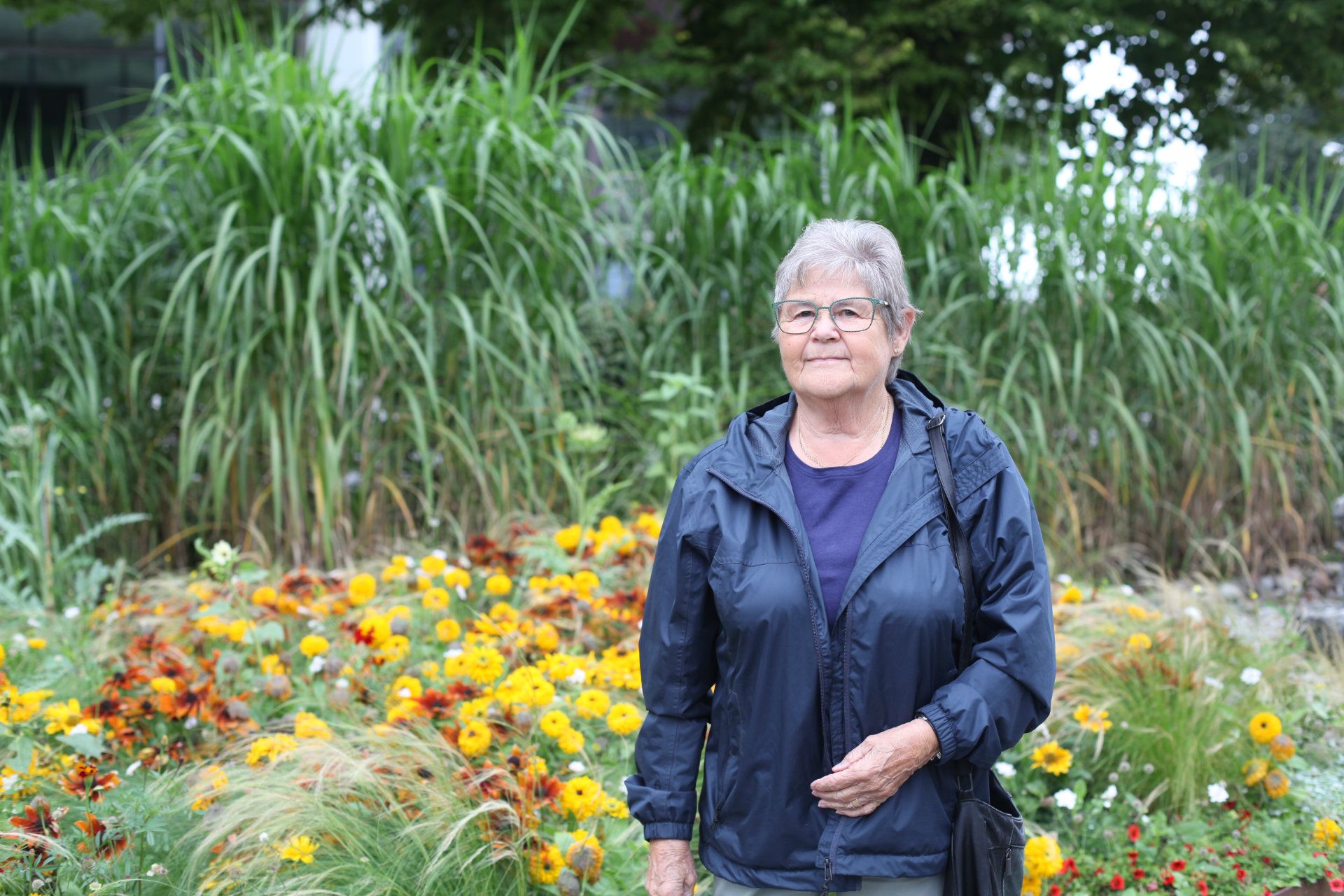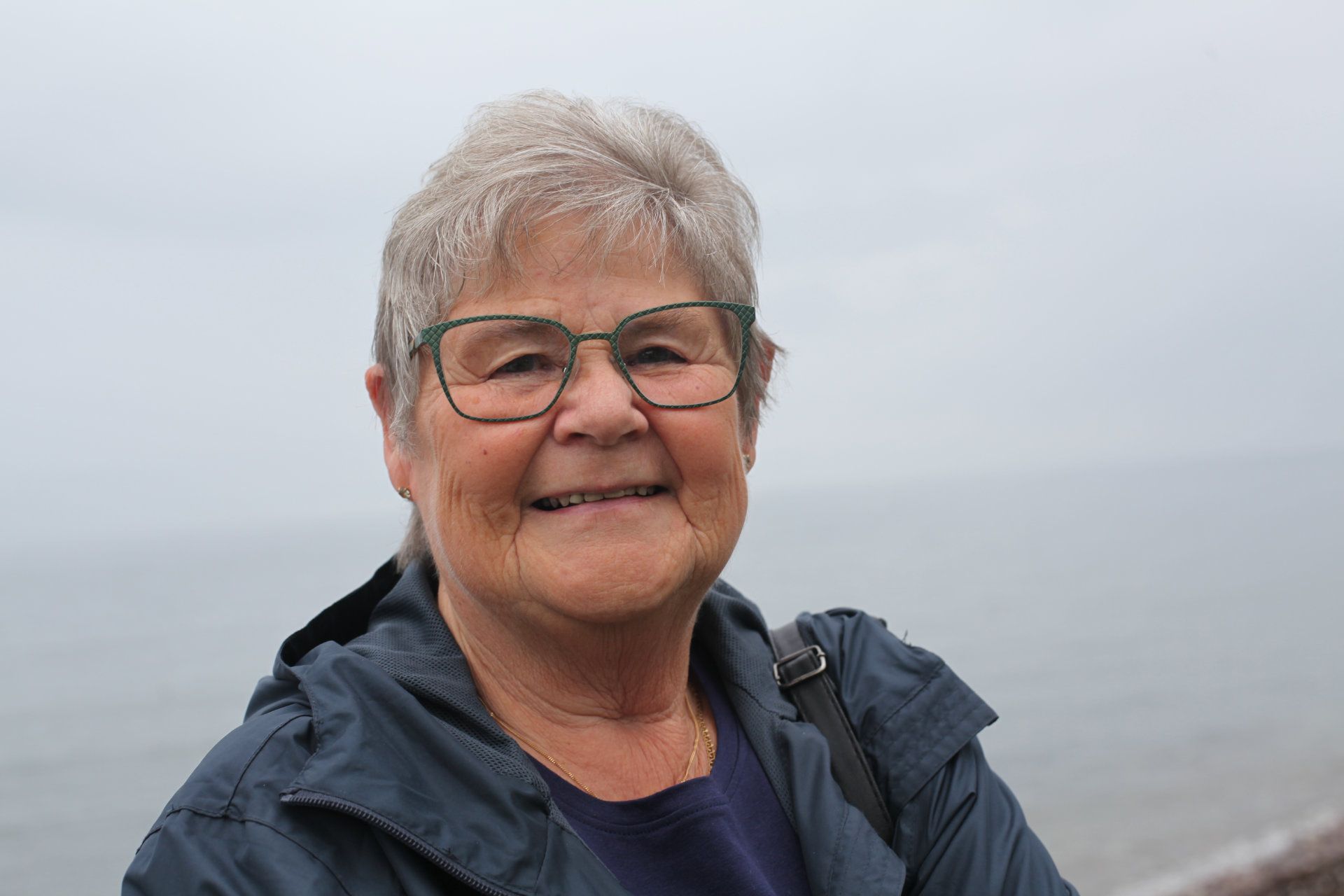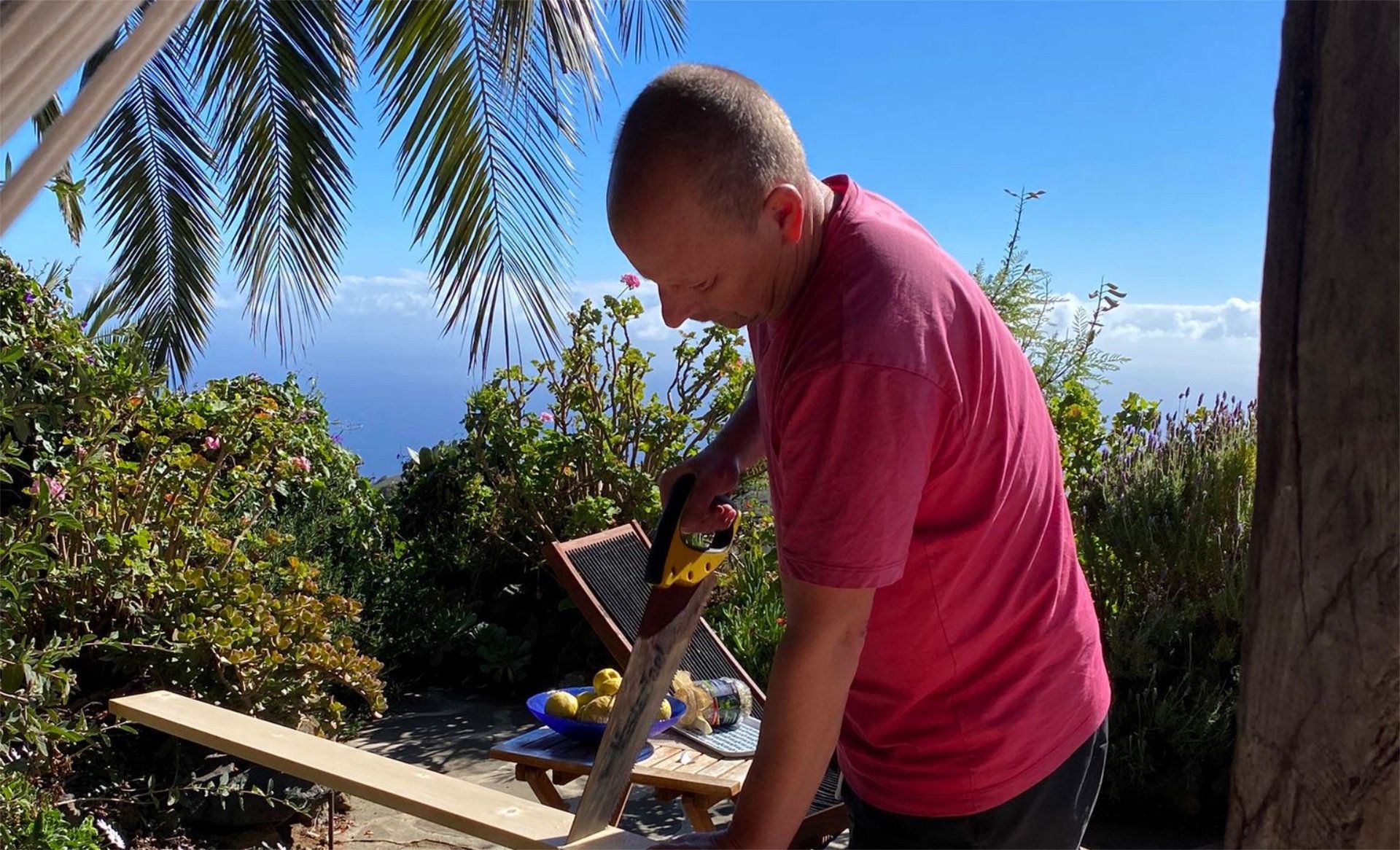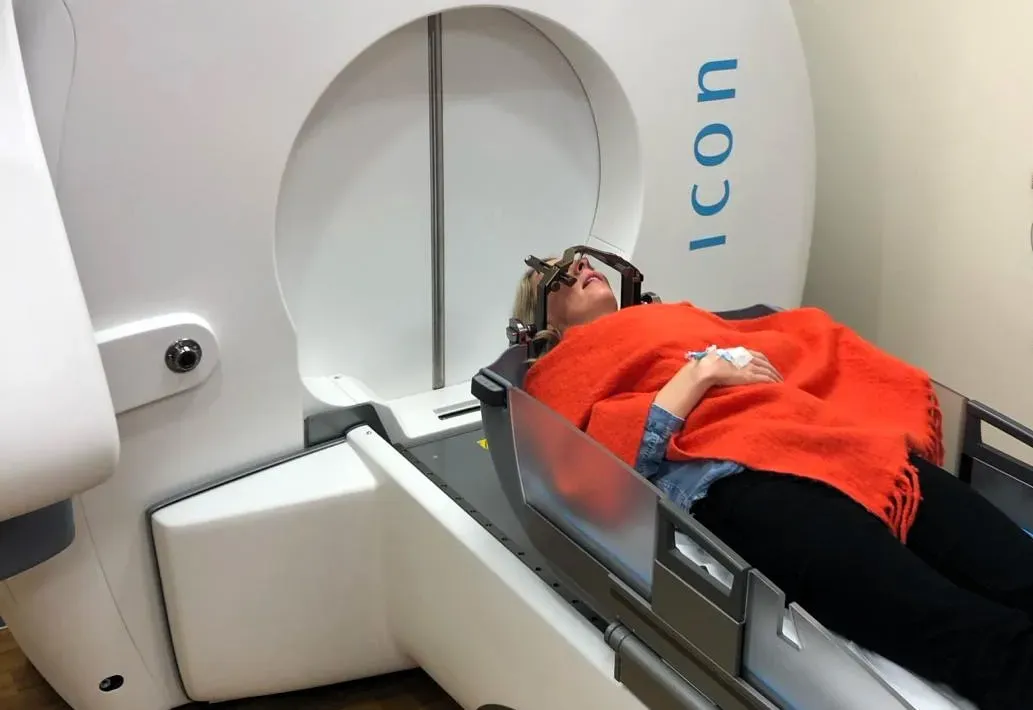For Maggie, Gamma Knife treatment led to a miracle

Gamma Knife radiosurgery brought hope and new life, against all odds, to a patient diagnosed with “the most forbidding of intracranial tumors”
Maggie Larsson is a vibrant 78-year-old who enjoys bowling, walking, solving crosswords, socializing with friends, and gardening around her home on the Swedish island of Gotland. However, her life took a drastic turn 55 years ago when she was diagnosed with a brain tumor.
At that time, Maggie was experiencing severe headaches and vision problems. Her symptoms led her to consult a doctor, who referred her to the neurosurgery department at Karolinska University Hospital in Stockholm. Neuroimaging revealed a solid and partially fluid-filled tumor on her optic nerve, which was treated with a radioactive isotope. This treatment shrunk the tumor and restored her vision.
During a follow-up in 1970, new imaging showed calcification on her pituitary gland, diagnosed as a craniopharyngioma, a rare type of noncancerous brain tumor. Harvey Cushing, a pioneer of brain surgery, described this type of tumor as “the most forbidding of the intracranial tumors.” One side effect for young women who experience craniopharyngioma is that pregnancy is quite rare, particularly when surgically removed.

Just two years prior to Maggie’s diagnosis, neurosurgeon Prof. Lars Leksell, the inventor of Leksell Gamma Knife®, and his close associate, Dr. Erik-Olof Backlund, had achieved a pioneering breakthrough by performing the first Gamma Knife radiosurgery treatment on a patient with a craniopharyngioma. This meant there was no incision, no invasive surgery. At the time, this was a relatively new method for treating brain tumors but was considered to be a promising option for addressing Maggie’s condition.
Dr. Backlund was a neurosurgeon and head of the radiosurgery team at Karolinska University Hospital, he was also Maggie’s physician. “Dr. Backlund recommended Gamma Knife treatment, but he also explained that due to the tumor’s location, I would likely never have children,” Maggie recounts. Craniopharyngiomas can impact fertility primarily through their effects on hormone production and regulation. “But at least the tumor could be treated.” Despite his caution, and knowing little about the procedure, Maggie trusted her medical team and agreed to undergo the treatment.
“…the treatment only lasted about 15-20 minutes, and I woke up feeling relieved it was over.”
On the day of the treatment, Maggie was understandably nervous. The process began with the fitting of a stereotactic frame to her head, a step that some patients find uncomfortable. “Once the frame was in place, I was sedated, so I didn’t really experience any significant pain or side effects. Then the treatment only lasted about 15-20 minutes, and I woke up feeling relieved it was over.”
Remarkably, the treatment had a profound impact on Maggie's life. Not only did it successfully target and reduce the tumor, but it also allowed her to experience something she had thought impossible. “Dr. Backlund said I might never have children, but a year later I gave birth to a healthy daughter. He said that this outcome was the best result of the radiation treatment,” Maggie says smiling.
Following her treatment, Maggie continued to live a fulfilling life. She worked in elderly care for over 40 years, dedicating herself to helping others. Today, Maggie looks back on her journey with gratitude. “I’ve never experienced any side effects from the treatment and my health and quality of life are still good.” She continues to control symptoms related to her pituitary gland condition with medication, and has regular follow-ups to monitor her condition, which has remained stable over the years.
Since its historic role in the development of Gamma Knife, Karolinska University Hospital has used different iterations of the radiosurgery device, recently upgrading to the latest model, Elekta Esprit, which provides even greater precision, comfort and outcomes. Dr. Ali Buwaider at Karolinska says: “Gamma Knife is still commonly used for the treatment of craniopharyngioma. Its precise radiation delivery makes it an ideal technique as craniopharyngiomas are located in sensitive areas of the brain, where imprecise radiation treatment can have significant negative consequences for the patient.
“The prognosis for people with craniopharyngioma is generally favorable in terms of long-term survival, as these tumors are slow growing. Advances in surgical methods and targeted radiation therapies, such as Gamma Knife, have improved quality of life and reduced risks, but close follow-up and supportive care remain crucial.”
“I’m grateful for the Gamma Knife treatment and would recommend it to others facing similar diagnoses. It really helped me and allowed me to live a healthy and active life.”
Maggie says: “I’m grateful for the Gamma Knife treatment and would recommend it to others facing similar diagnoses. It really helped me and allowed me to live a healthy and active life.” Her story is one of hope, resilience, and the incredible advancements in medical technology that continue to improve patients' lives.
LARLGK250701





